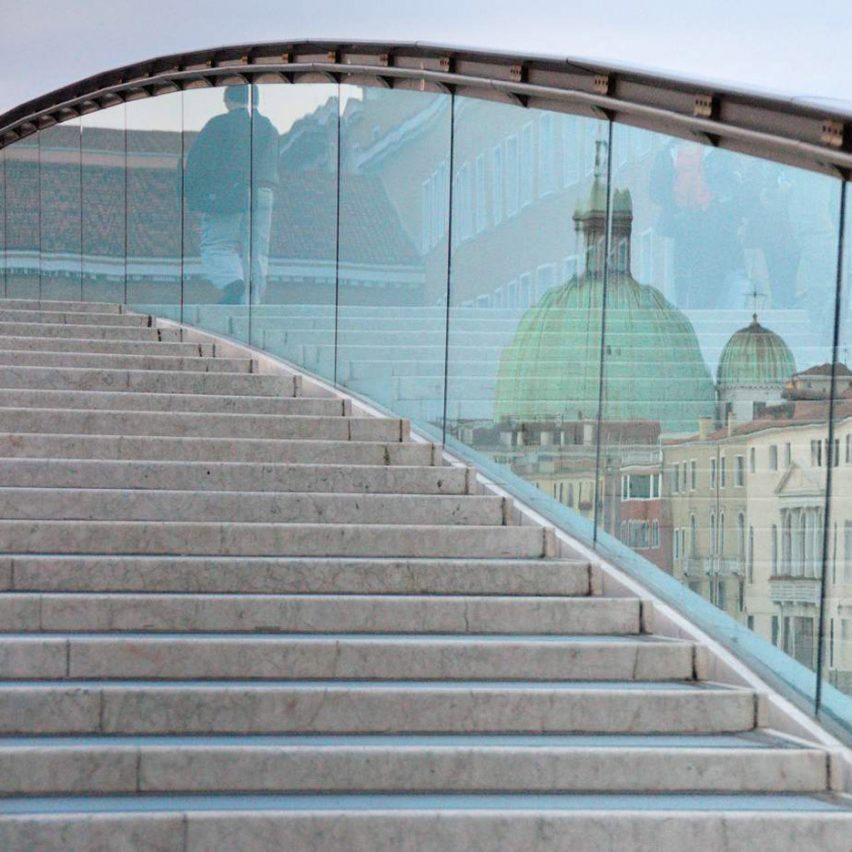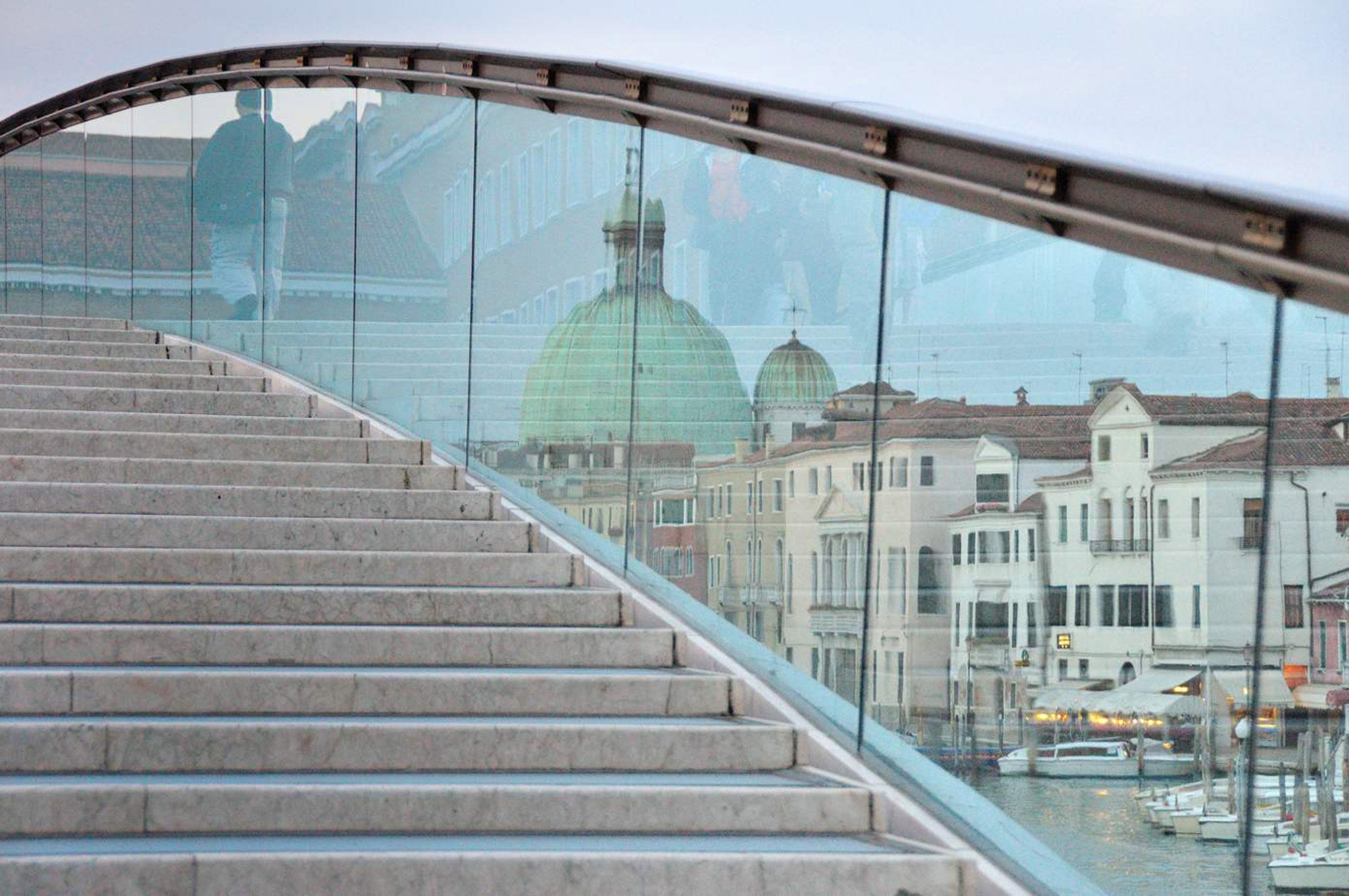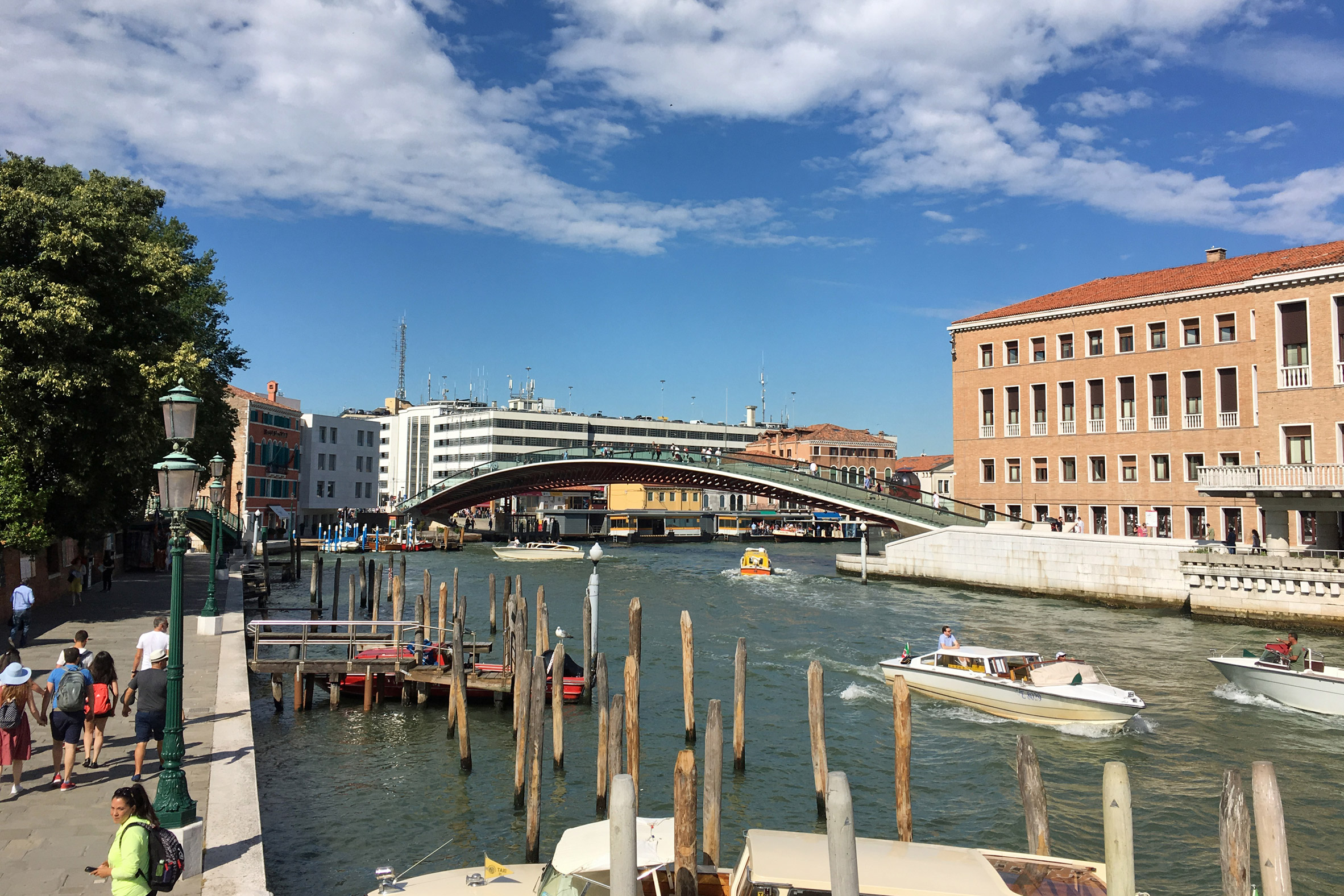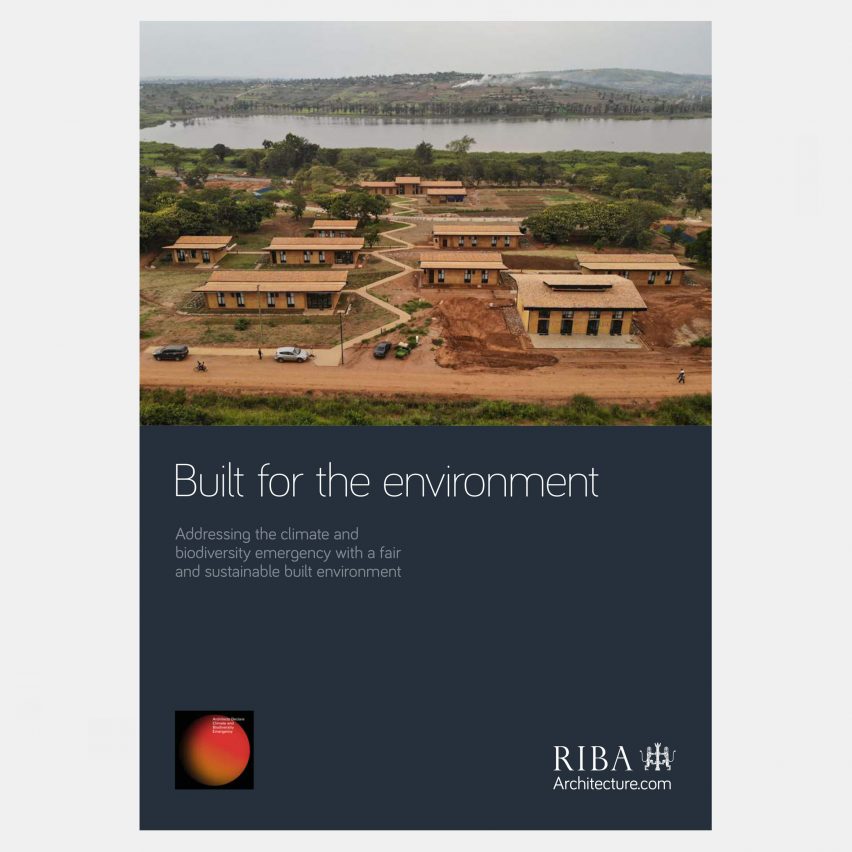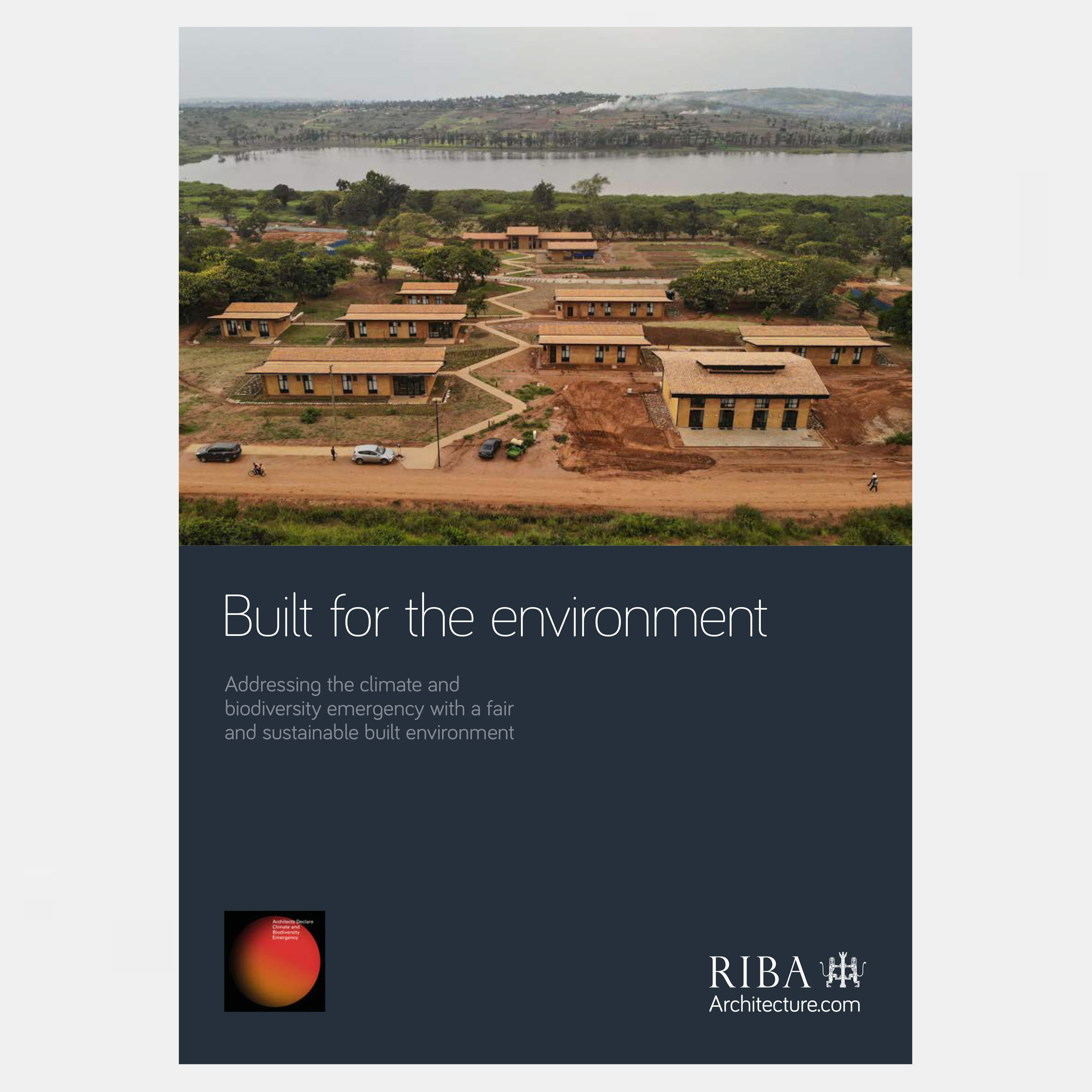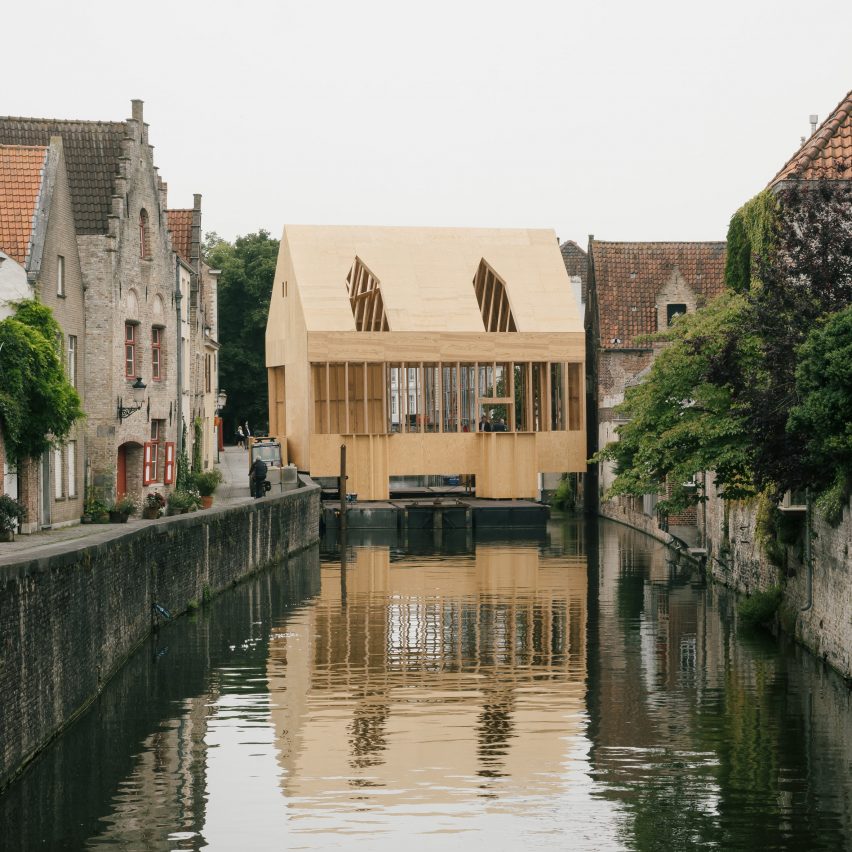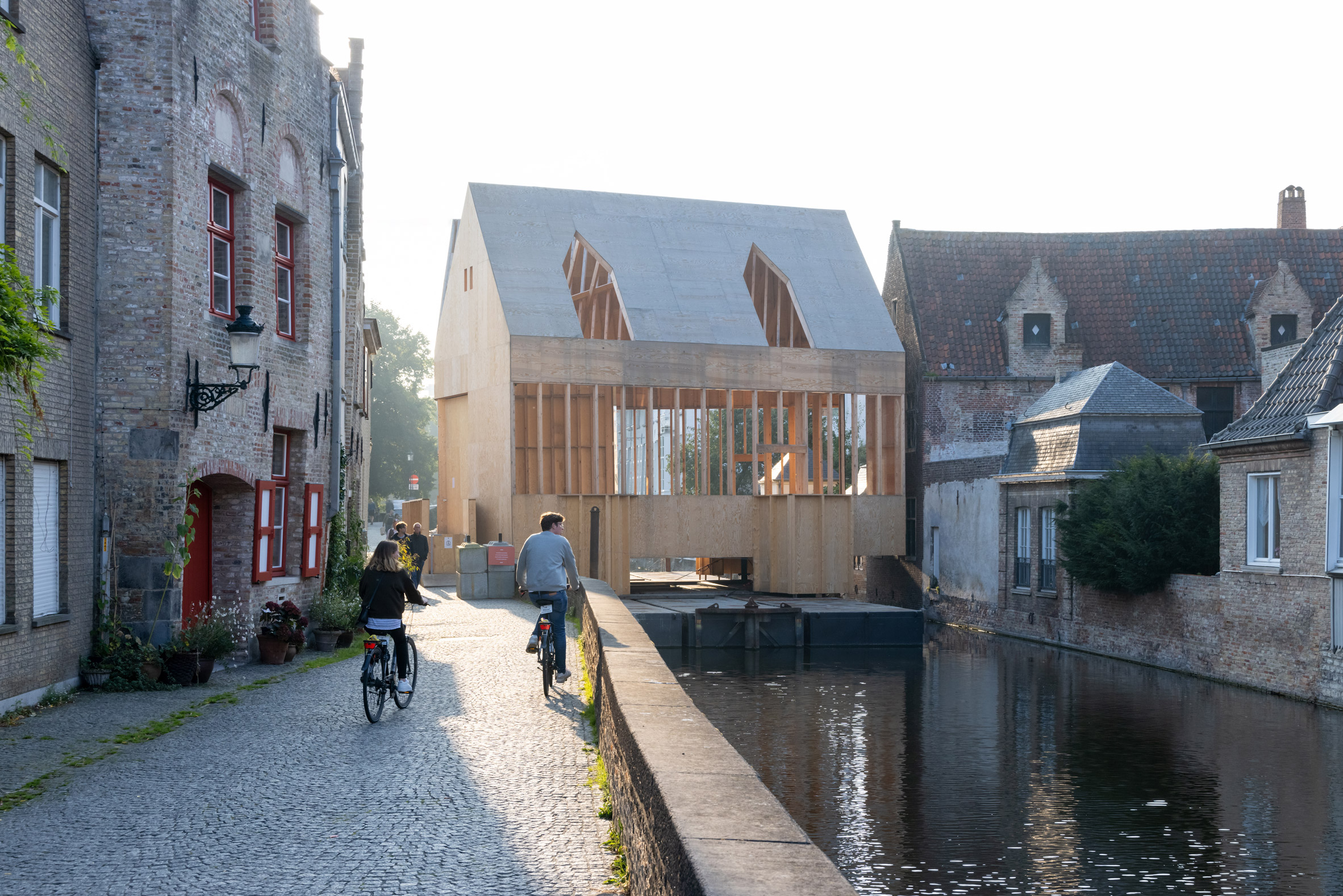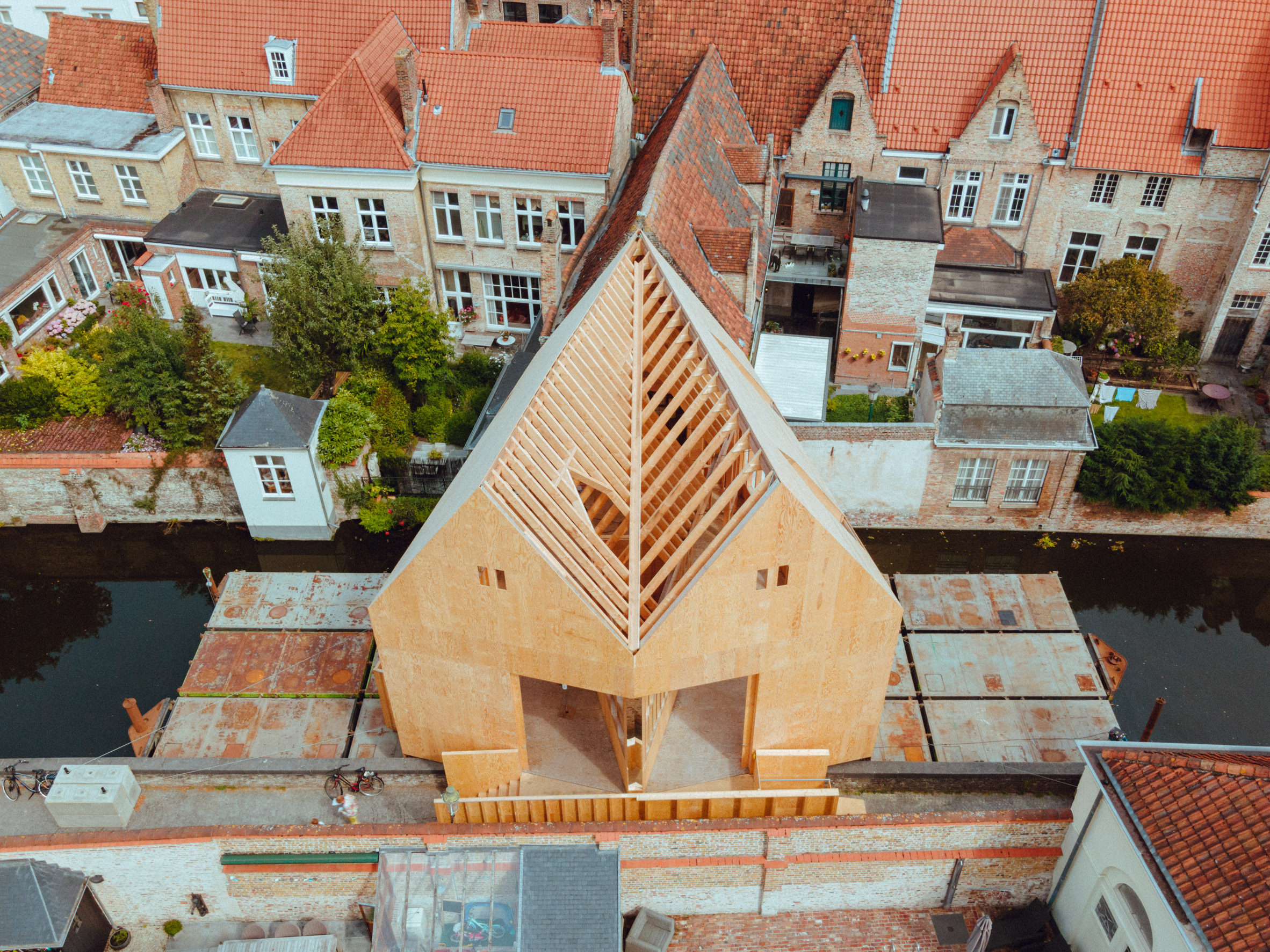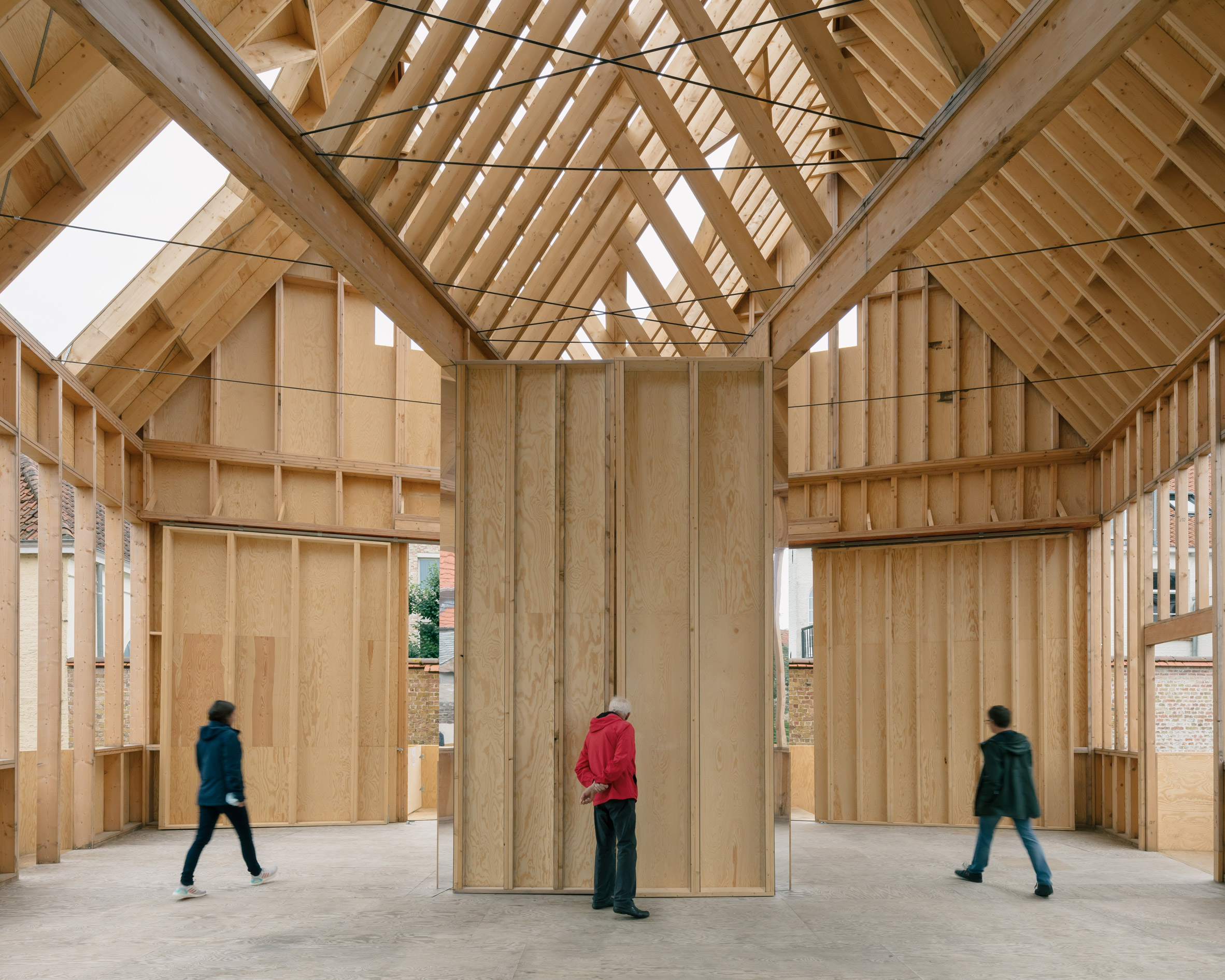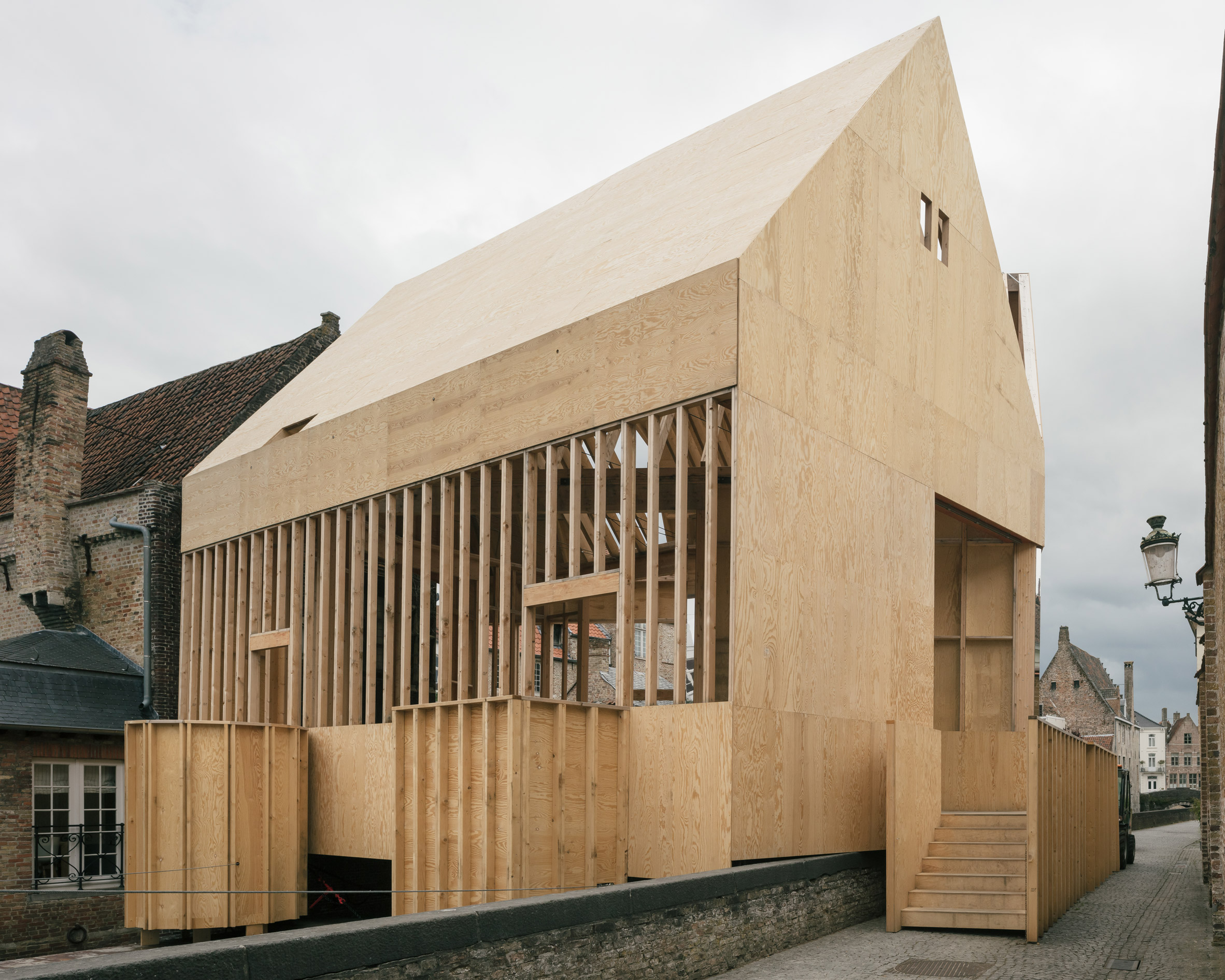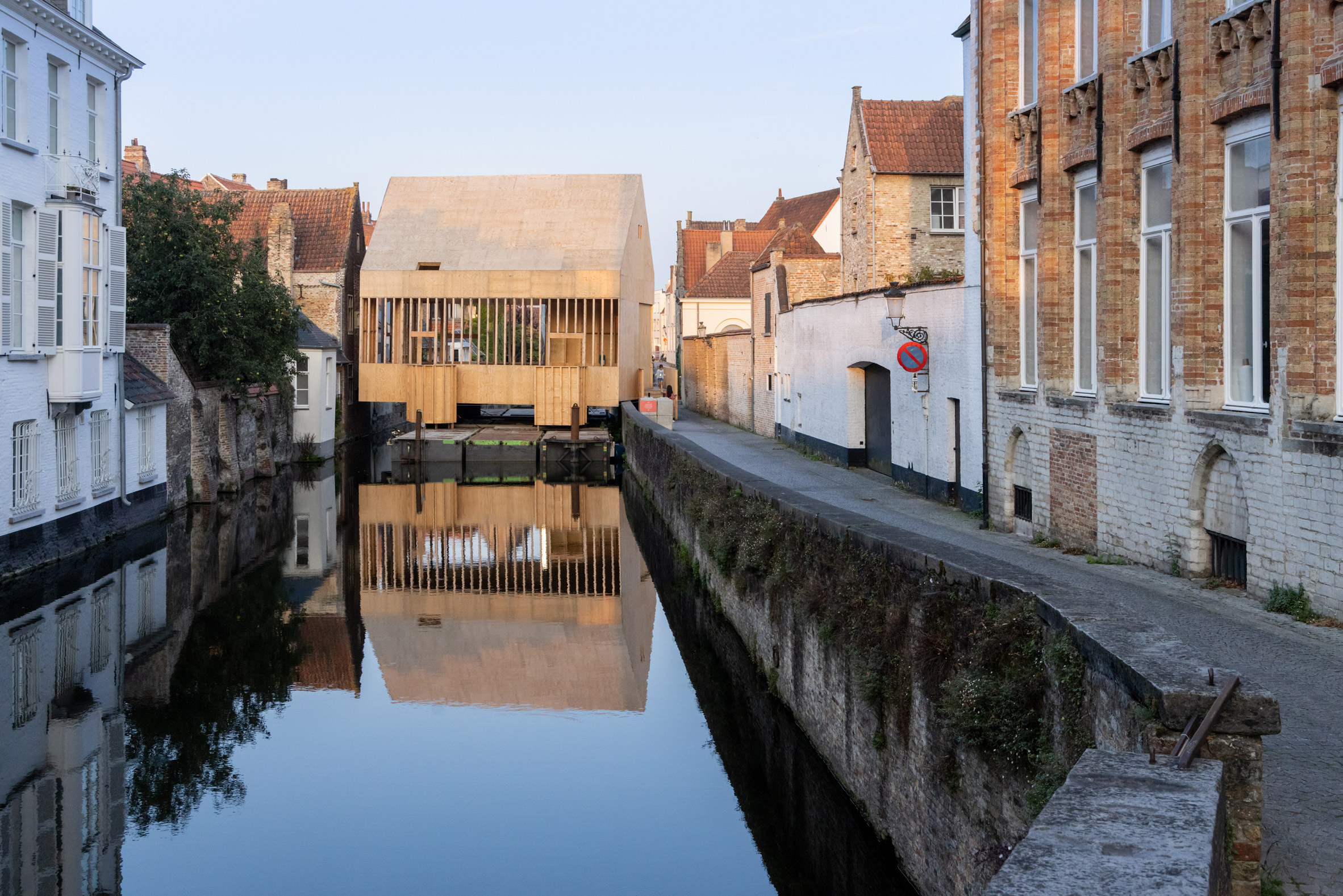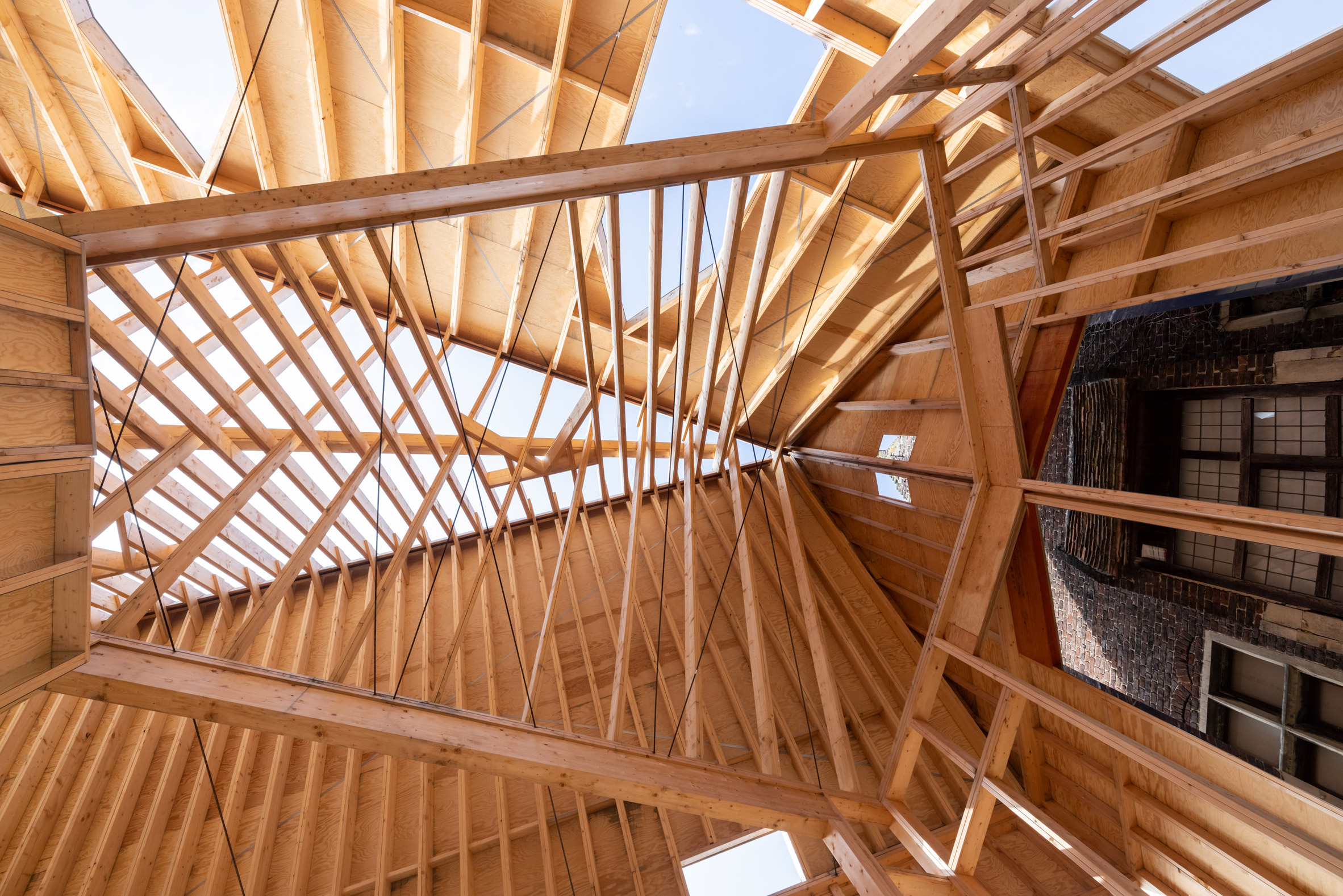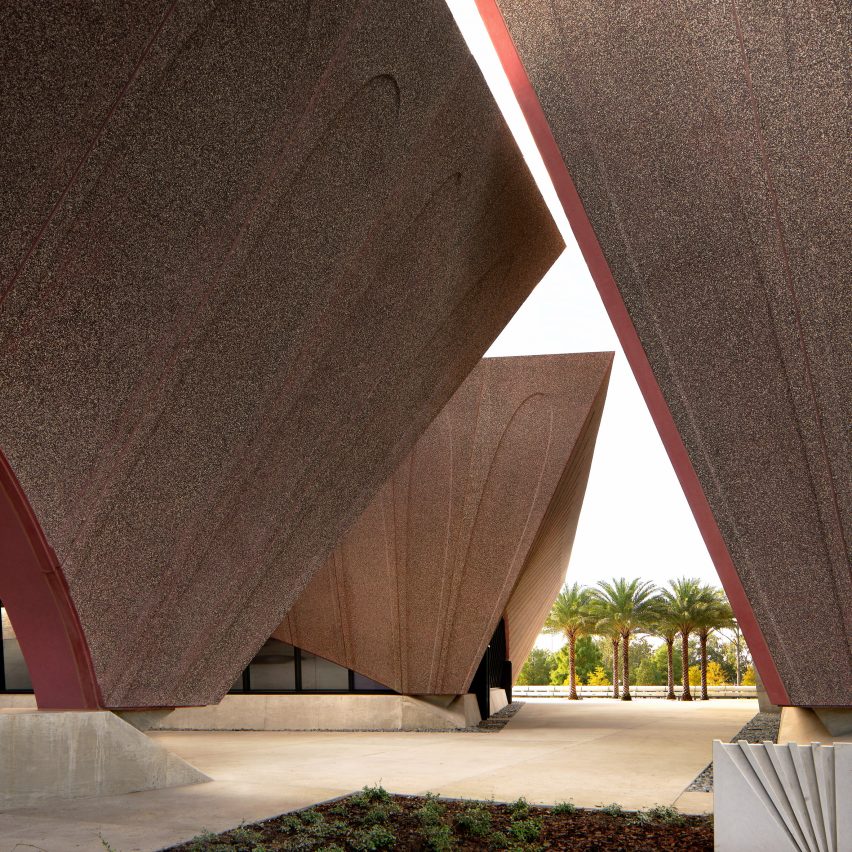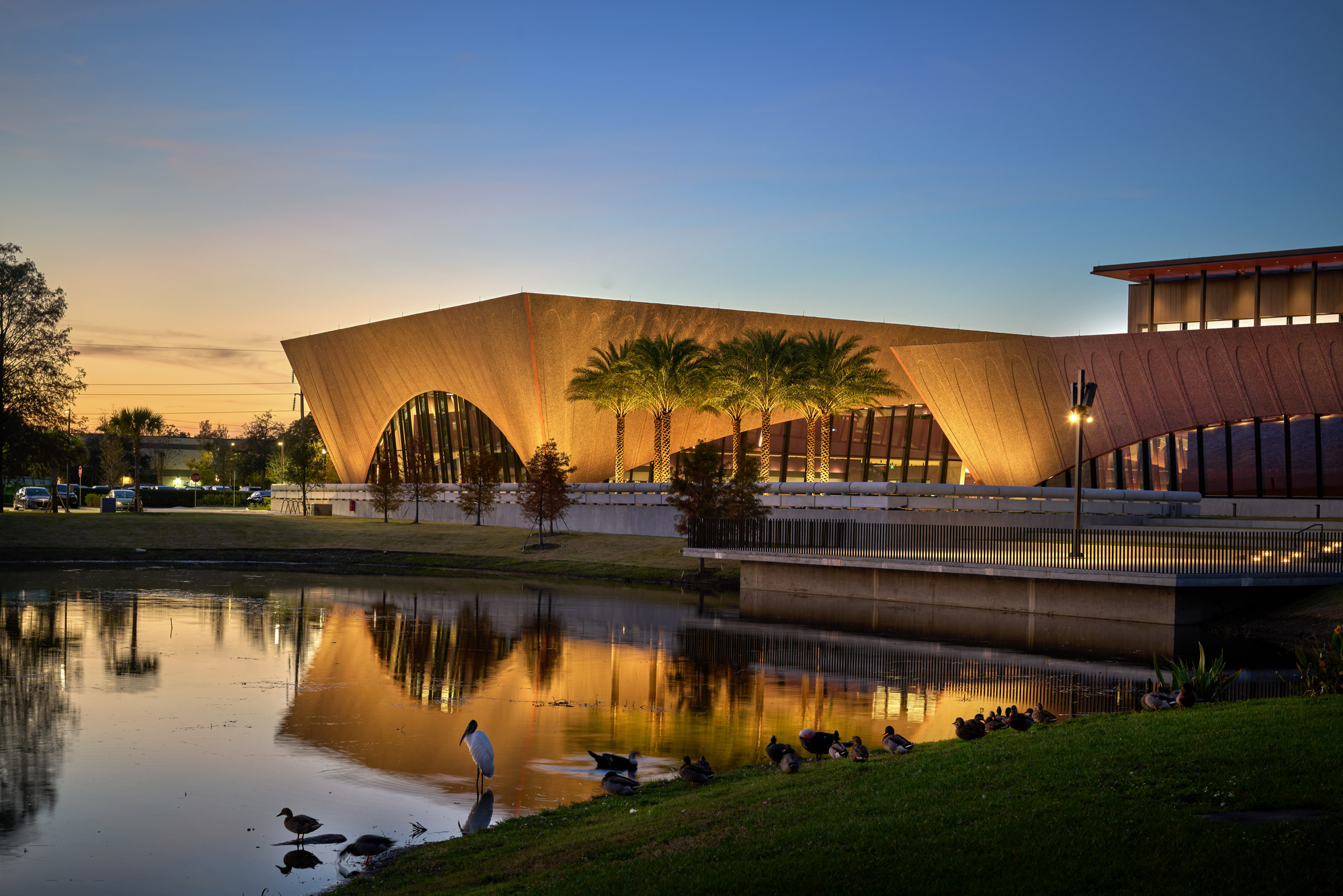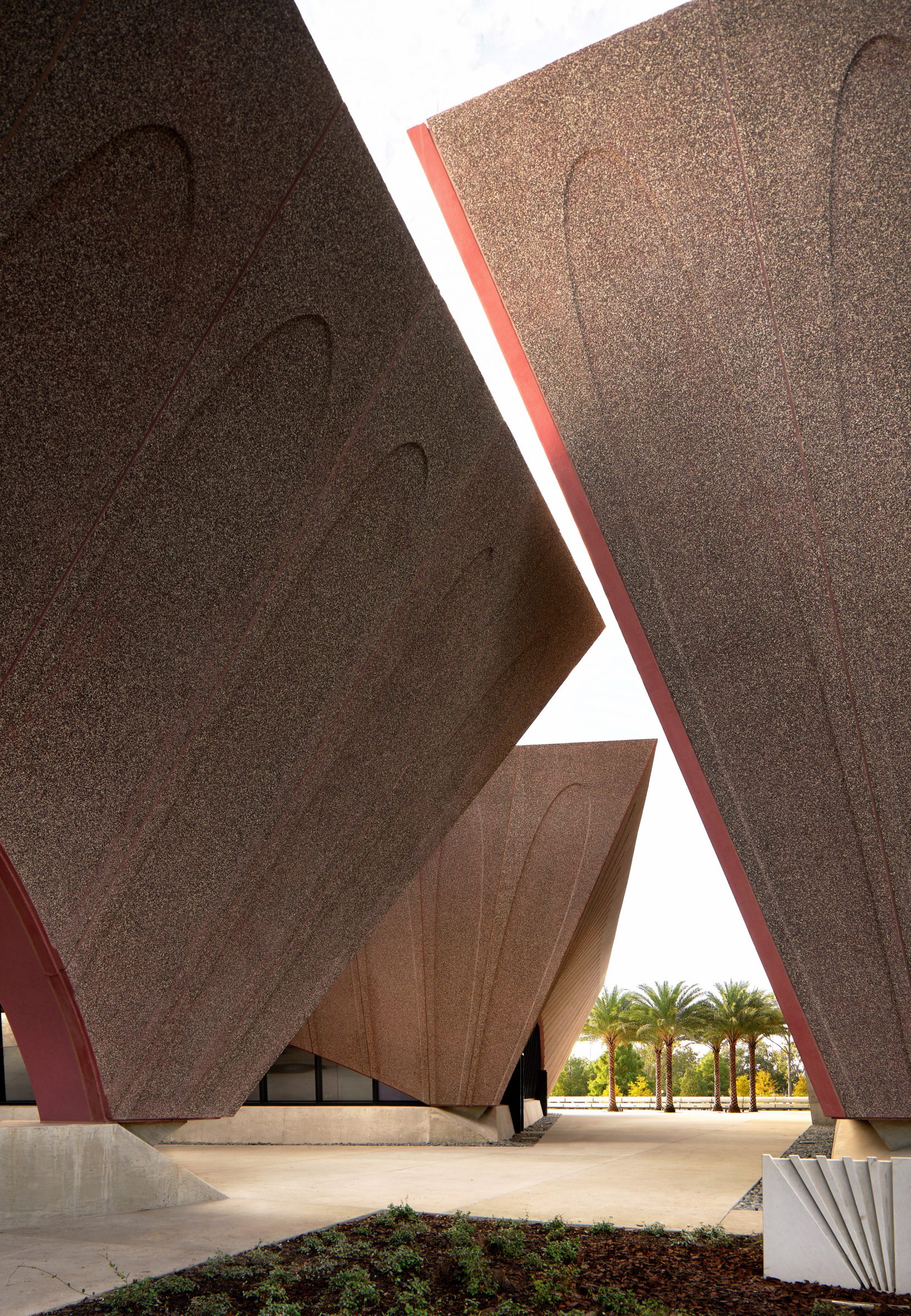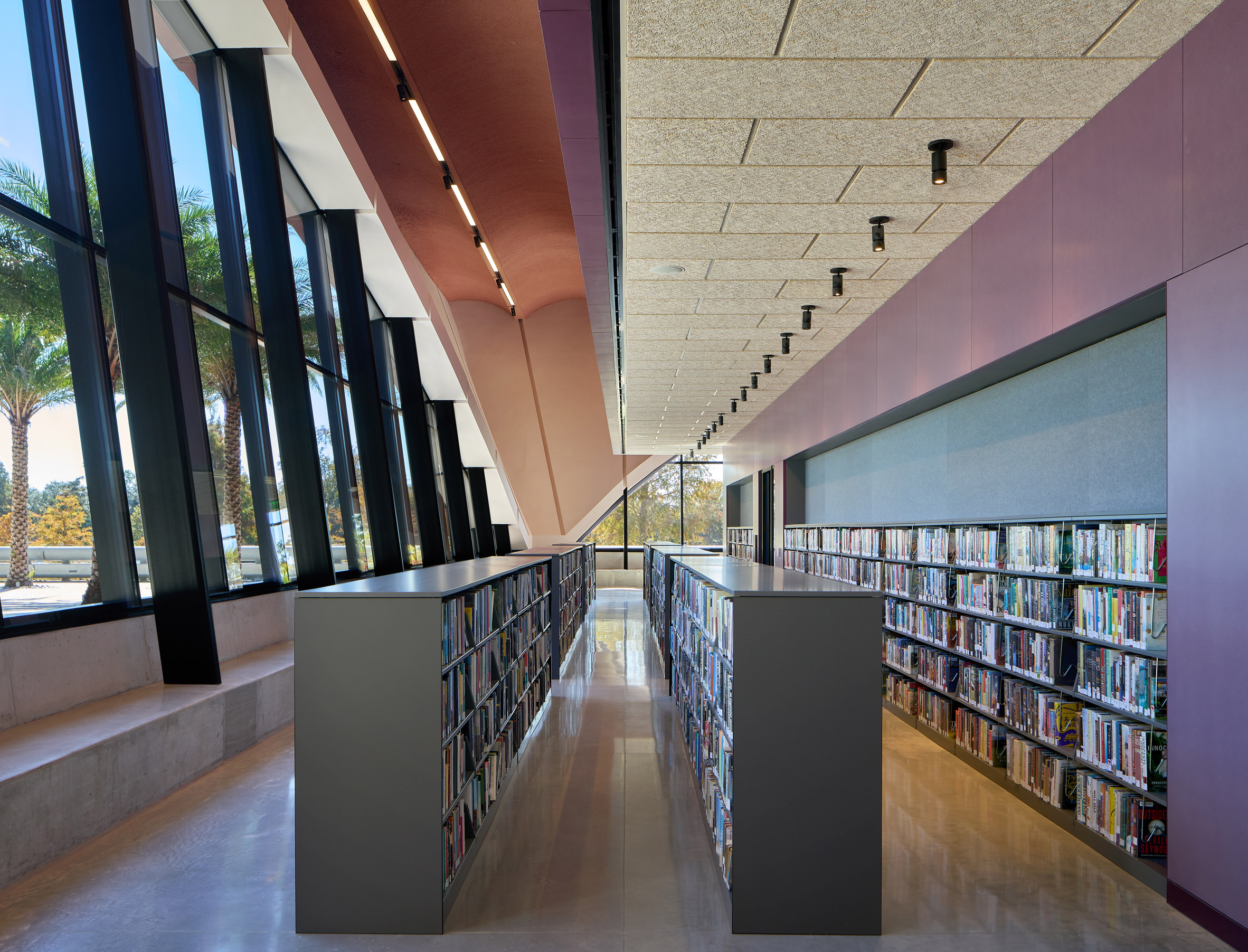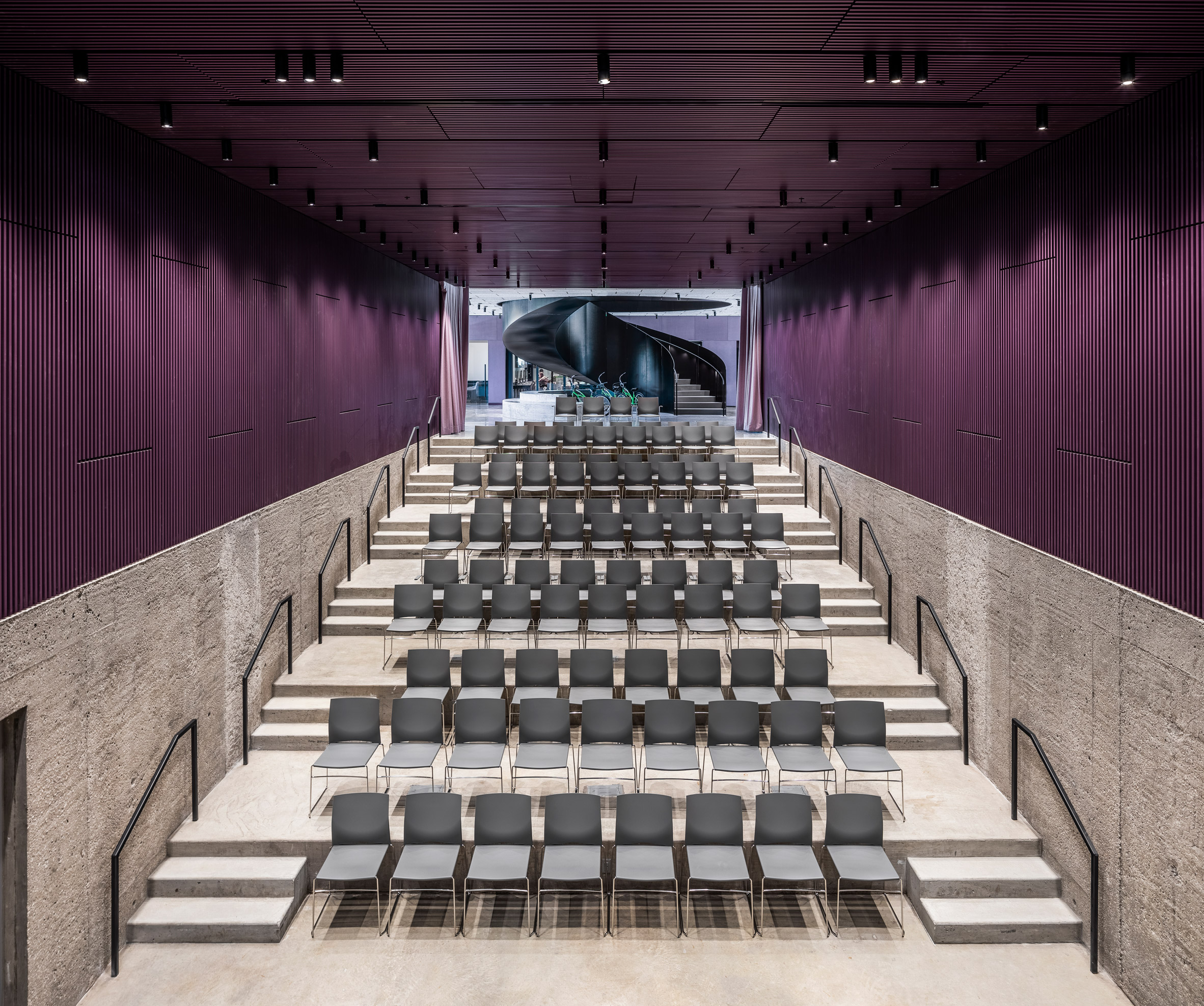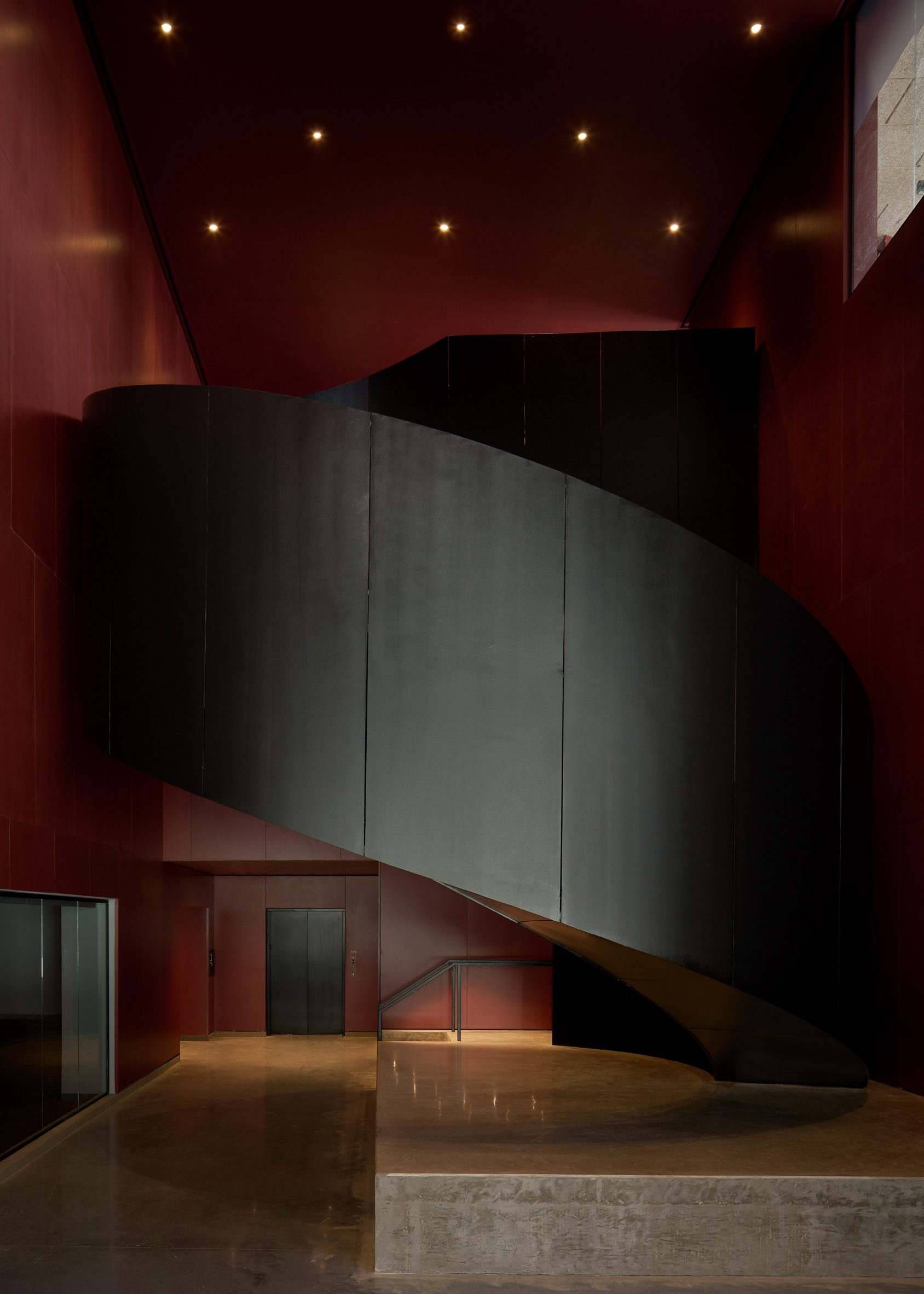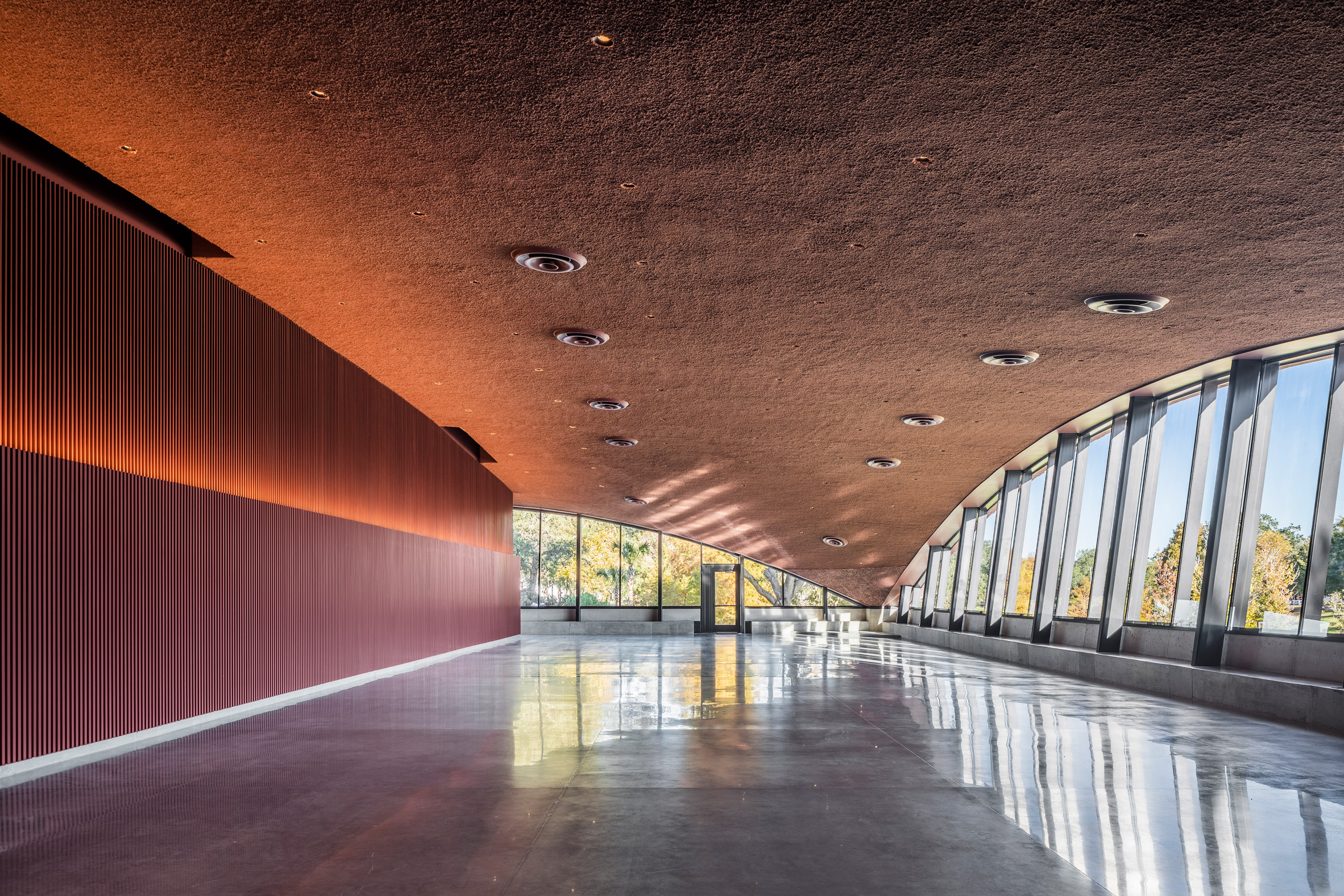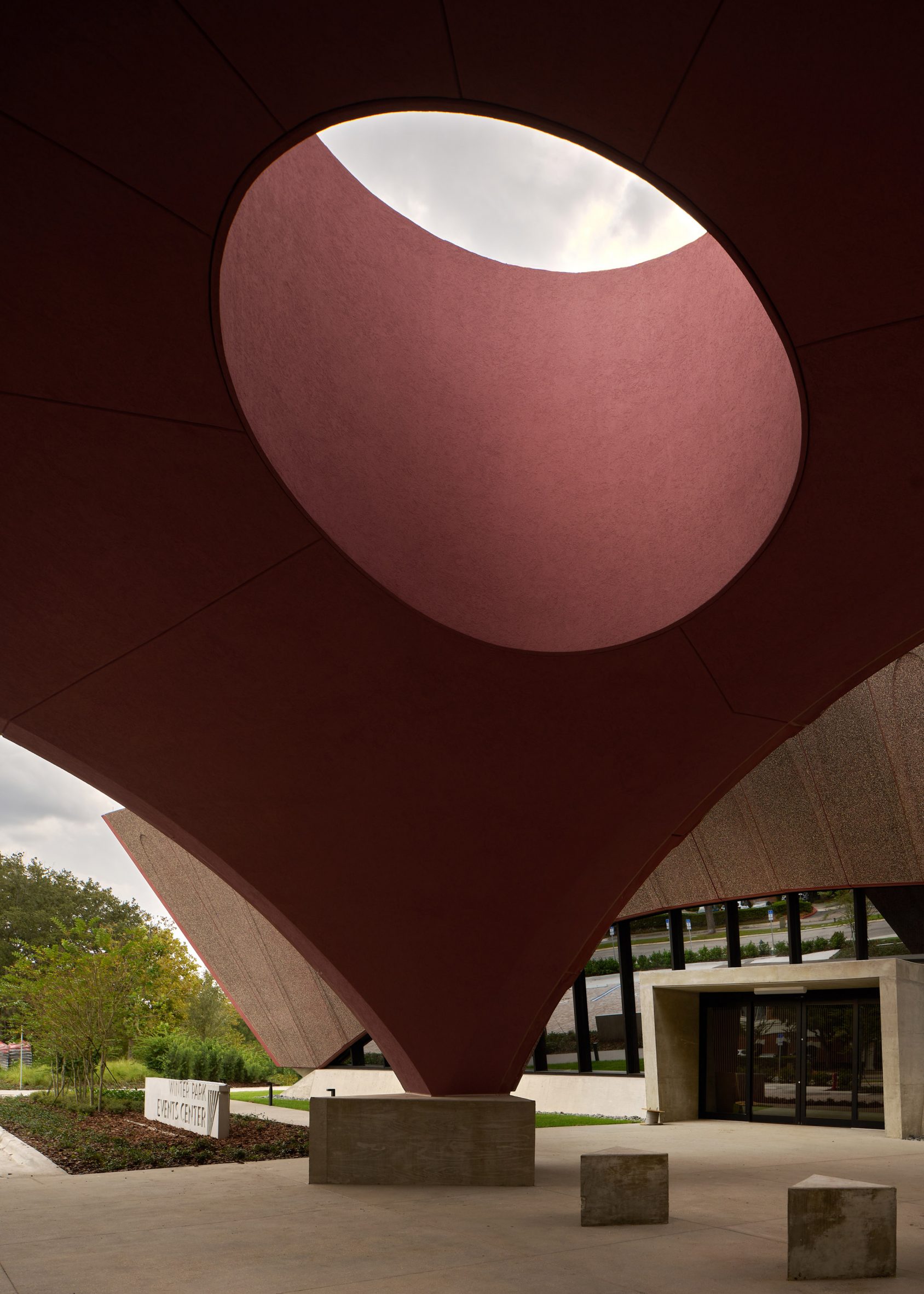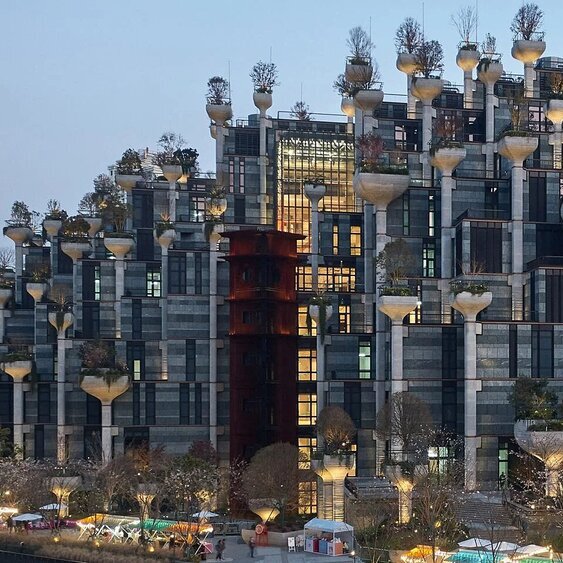
In this week's comments update, readers are analysing Heatherwick Studio's 1,000 Trees development and discussing other top stories.
The first section of the plant-covered 1,000 Trees development, designed by British designer Thomas Heatherwick's studio, has opened in Shanghai, China.
Designed for developer Tian An, the mixed-use development has been described as "Shanghai's Hanging Gardens of Babylon" and features up to 1,000 pillars, each with a tree planted on top.
"Like the trees were retrofitted onto a 1970s hotel"
Commenters are divided. "Sublime," said Don Bronkema.
FMB agreed: "Great building, and unique in its own right. This is one to stay. So much to discover and to wander around and through. I guess all the dissing architects will keep dissing, but average people and visitors to this beautiful site will just love it."
"What a conceptually moribund and fundamentally ugly project," disagreed Ralph Kent.
"Intense and clunky," concluded JZ. "Like the trees were retrofitted onto a 1970s hotel to Disneyfy the place."
Are readers being harsh? Join the discussion ›
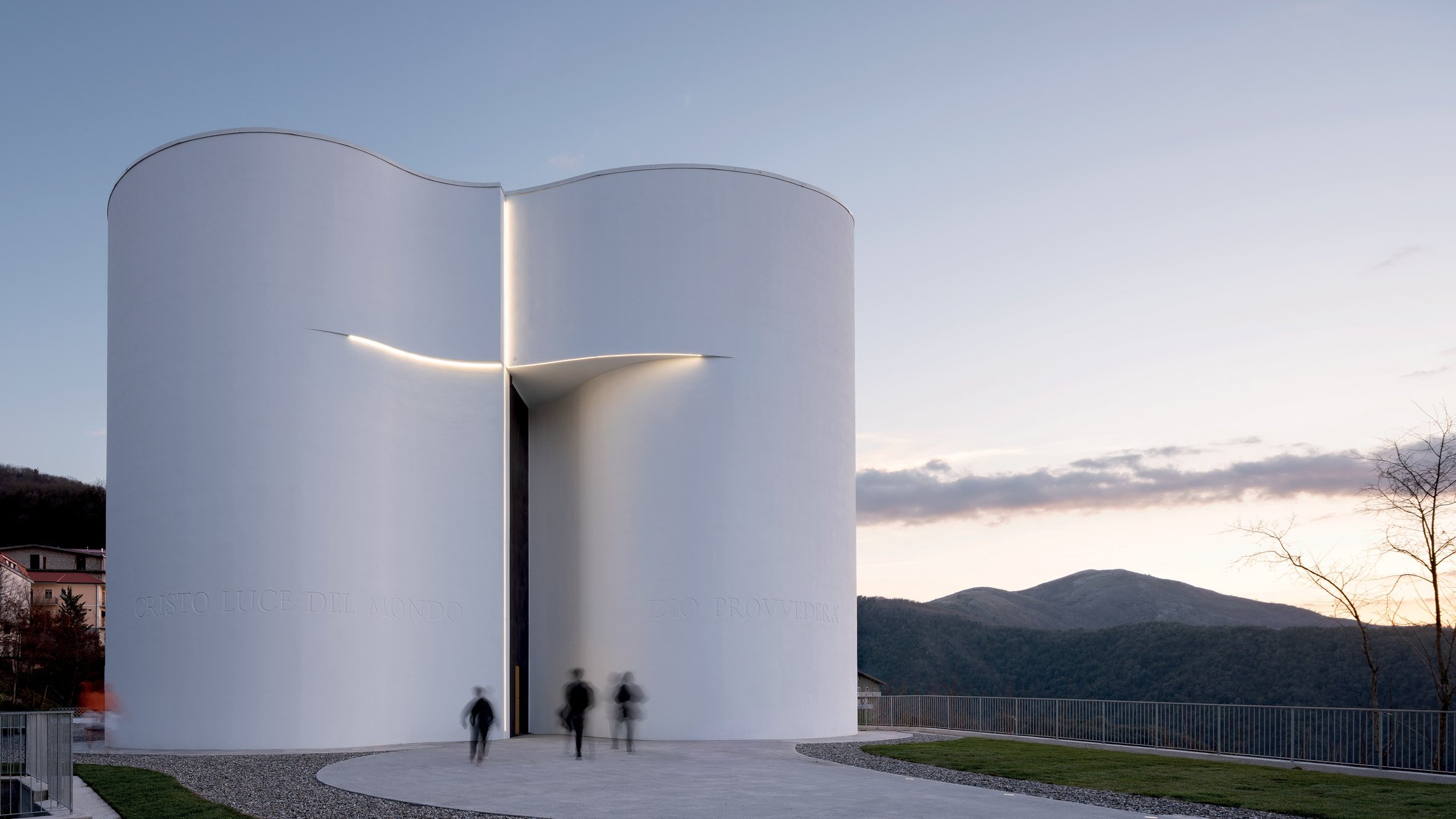
Commenter says "it's unimaginable that somebody can be this creative"
Readers are worshipping the Mario Cucinella Architects-designed Santa Maria Goretti Church in the town of Mormanno in southern Italy. The building features a cross-shaped entrance.
"I honestly think it's unimaginable that somebody could be this creative," said Roelatmac. "Impressive, very beautiful."
Elvie Rubio agreed: "Wonderful building! Great architecture!"
"I would go out of my way, to view and experience this church," added Art Bray. "Modern is so hard to do. The interior, with the heavens above and the crucifix rising finish it off."
Are you delighted by Santa Maria Goretti Church? Join the discussion ›

"Great designers find ways to create architecture out of any given challenge" says reader
Commenters are debating Claywood, a Hampshire house that British architecture studio Ayre Chamberlain Gaunthas designed for a client who became a wheelchair user after suffering a spinal cord injury.
"I am very happy that the client had the means to execute the perfect house for their circumstances, nicely done," said Puzzello. "Architecture should not be narrowly defined as buildings for typical able-bodied individuals. Great designers find ways to create architecture out of any given challenge."
Zea Newland was more cynical: "A brand-new sprawling modernist mansion with a lot of space is almost inherently wheelchair friendly, if I may say this from an able-bodied person's perspective."
"For me, this design just doesn't seem to reach that magical moment where the brief becomes more than the sum of its parts and truly architectural and inspiring," concluded Sim.
What do you think of Claywood? Join the discussion ›
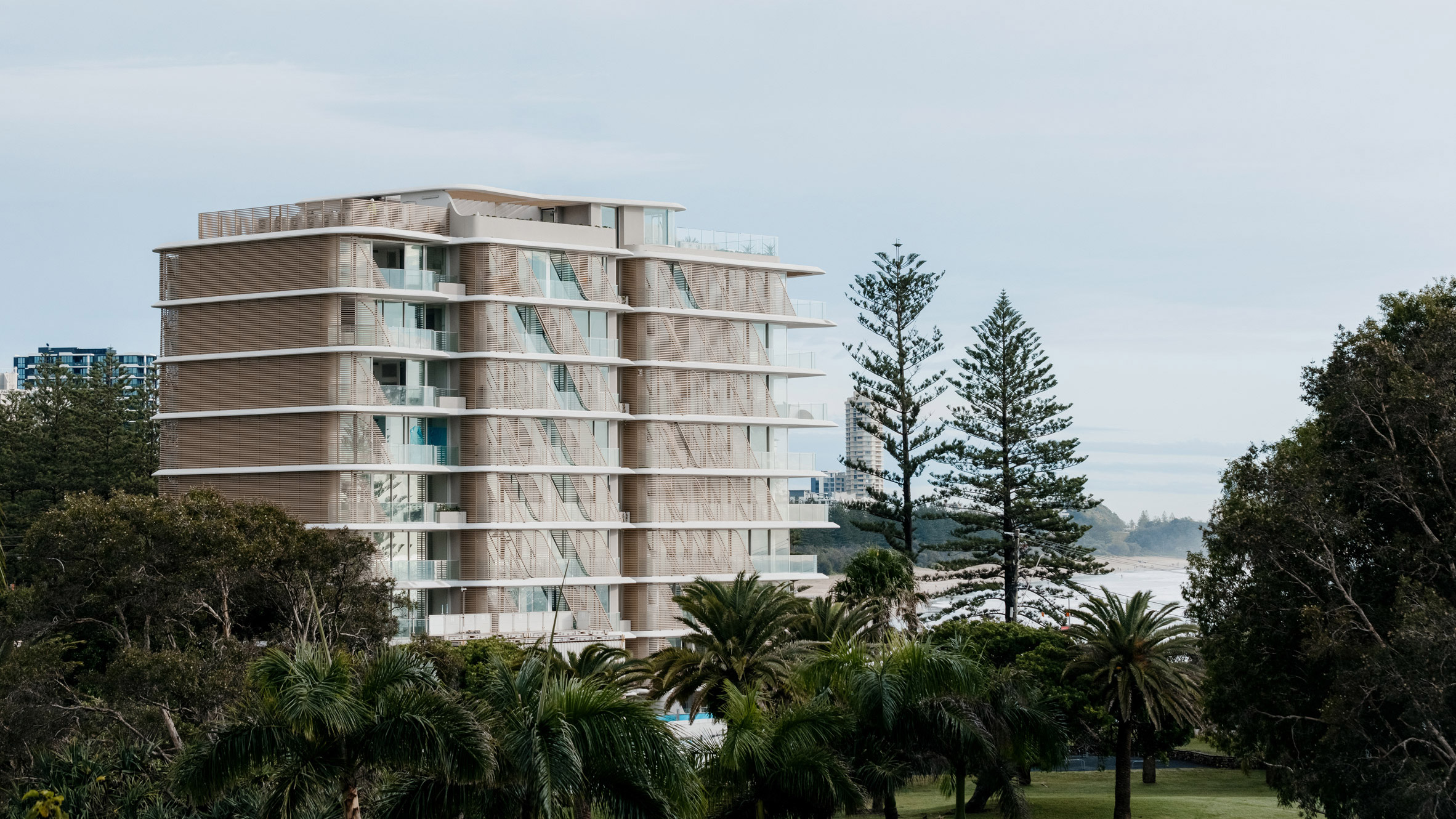
Commenter calls apartment block "the prettiest thing on the Gold Coast"
Readers are discussing a mixed-use apartment block on Queensland's Gold Coast featuring retractable slatted wooden screens and thin balconies that reference the form of a pine cone. It was designed by Koichi Takada Architects.
"The prettiest thing on the Gold Coast," said Yourastar. "It should feature in their tourism ads."
Arthur Mamou-Mani was also impressed: "This architect is a breath of fresh air."
Heywood Flioyd was less keen though: "Watered-down ZHA."
Are you wowed by the building? Join the discussion ›
Read more Dezeen comments
Dezeen is the world's most commented architecture and design magazine, receiving thousands of comments each month from readers. Keep up to date on the latest discussions on our comments page.
The post Commenter calls Heatherwick Studio's 1,000 Trees development "sublime" appeared first on Dezeen.
from Dezeen https://ift.tt/3pRh7aw
